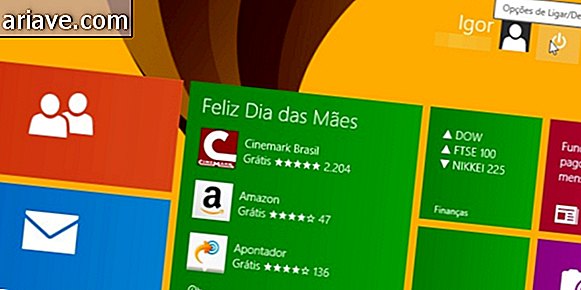Terrible robot child bleeds, screams and simulates pain to train doctors
Imagine a doll that simulates many of the conditions of a normal child and even bleeds, screams, simulates pain, amazes, follows his fingers with his eyes, and does a host of other “human” things. This is the Pediatric HAL, “the most advanced pediatric patient simulator capable of conveying emotions through facial expressions, movements and speech, ” created by Gaumard Scientific to help teach medical students and train professionals.
Robot causes some discomfort in some people, and engineers find it 'disappointing'
Well, but here between us, just take a look again to get a little scared and call him a hideous robot child. It can emulate fear, surprise, anger, worry, anxiety and pain - including crying and screaming. His head moves, the pupil contracts, and he can present various dysfunctions, including heart, and really serve as the basis for very close evaluation of a "real" little boy.
The technology was developed from World War II and enhanced by the use of advanced algorithm software. The UNI operating system includes a database of behaviors and responses collected from various scenarios that may occur in a real operation or emergency situation.
"We are human. Medicine is stressful ... if we can practice and rehearse in a simulation, then when we face a real situation we will be much better prepared, " Dr. Jen Arnold, director of medical simulations at Johns Hopkins All Children's Hospital, explained in a BBC interview. Children's, Saint Petersburg, Florida.
Pediatric Hal shivers some people
Lucile Packard Children's Hospital, Stanford University, is the first to use Pediatric Hal, and the choice of a model that resembles a child is because young people often require specific care. "Pediatric patients present unique challenges for students and professionals. Children are not miniature adults: the way they process information, how their bodies function, how they respond to medications and how they communicate is very different, " the company says on its website.

But Gaumard Scientific was forced to reduce the robot's level of realism a little because it could be too “traumatic” for students and doctors - so it can't “die” in case of serious failures in care or has by . Still, it has caused some discomfort in some people.
Engineers find this “disappointing” and say none of the machine professionals say they feel disturbed. In fact, it is quite possible that Pediatric HAL will serve as another step in the development of artificial intelligence and other models that may not only serve as a patient simulator but also become doctors themselves - including surgeons.

Gaumard Scientific already has other versions, including an adult woman and a baby. So, prepared to train or be served by automatons like these?
***
Do you know the Mega Curioso newsletter? Weekly, we produce exclusive content for lovers of the biggest curiosities and bizarres of this big world! Register your email and do not miss this way to keep in touch!











